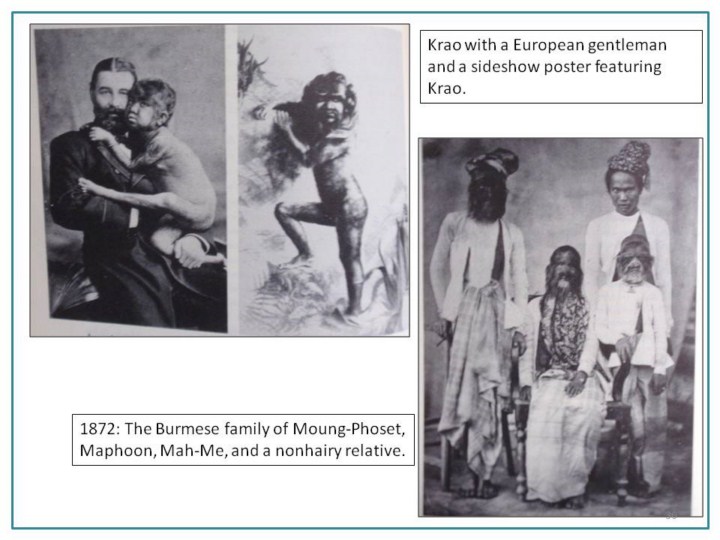| front |1 |2 |3 |4 |5 |6 |7 |8 |9 |10 |11 |12 |13 |14 |15 |16 |17 |18 |19 |20 |21 |22 |23 |24 |25 |26 |27 |28 |29 |30 |31 |32 |33 |34 |35 |36 |37 |38 |39 |40 |41 |42 |43 |44 |45 |46 |review |
 |
Deformities had been associated with foreign people since antiquity. Mapmakers populated distant lands with strange and exotic tribes. In 1616, Geoffrey Goodman said “Monsters are rare and seldom appear to us…(although) Africa be a fruitful mother of monsters” 43 Non-European individuals with deformities corresponded well with the rise of the colonialism, the ‘white man’s burden’, and social Darwinism. When these people were exhibited in Europe, they could be advertised as savages, as in the case of Krao. In other instances, individuals with strange disabilities were seen as the ‘missing link’ between modern humans and Neanderthals44 |